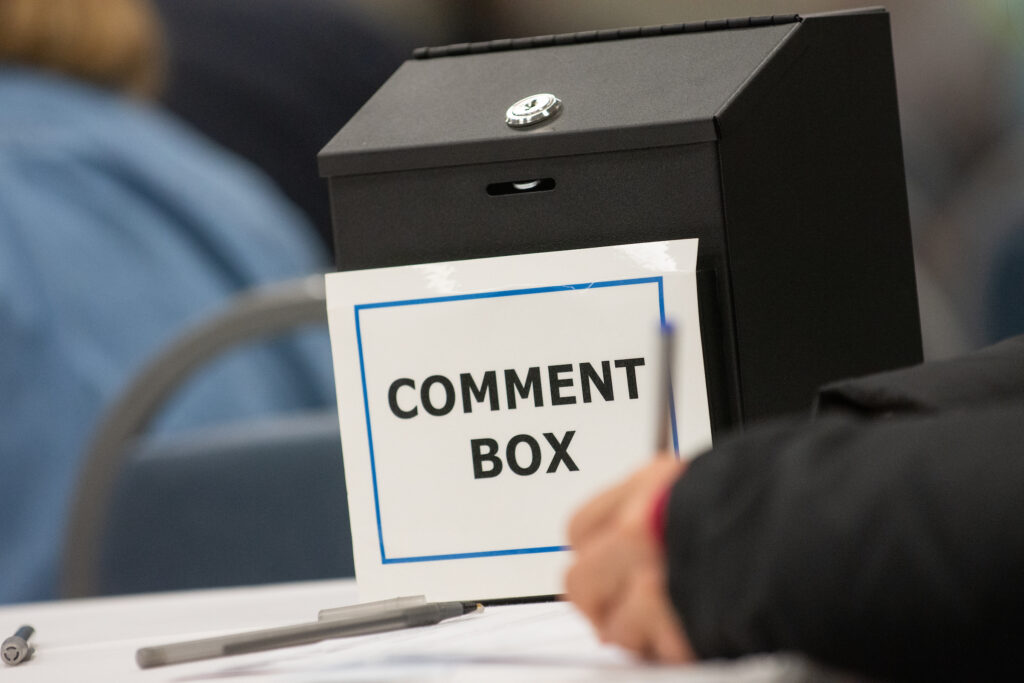'They've already taken, taken, taken:' As the Navy looks to expand its Nevada air training range, neighbors ask how much is too much
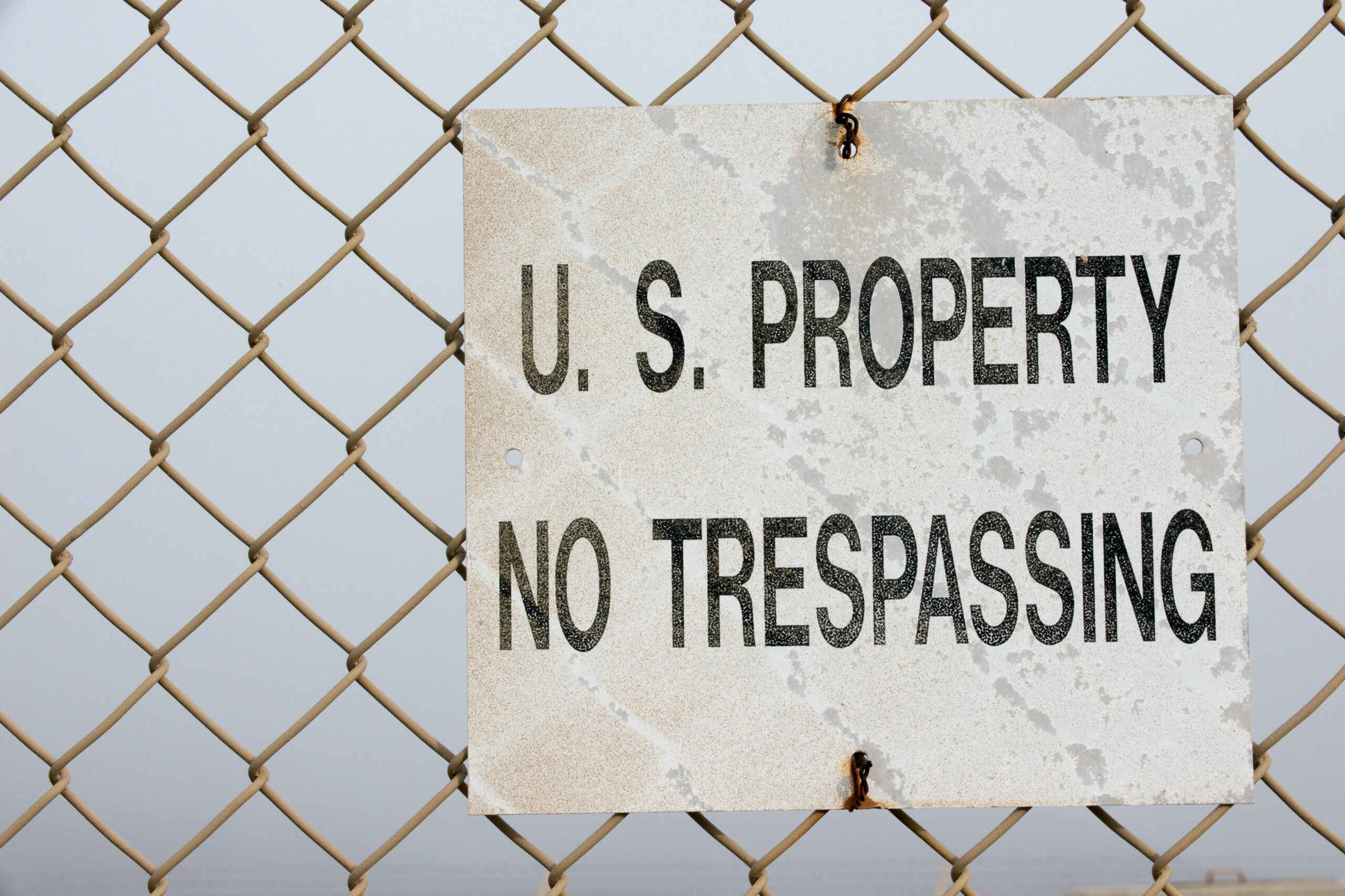
After the sun went down over Fallon on a peaceful Thursday evening, Donna Cossette sat on a black couch and leaned over a coffee table scattered with redbud. Cossette, a former chairman of the Fallon Paiute Shoshone Tribe, was planning to use the materials to make a cradleboard.
“They really need to listen to the people that are here,” Cossette said from her home, not far from the Naval Air Station Fallon. “When I say ‘get out,’ get out if they’re not going to do it right."
For years, the Navy has worked to expand the footprint of one of its major domestic operations, home to its TOPGUN school and a training area for SEAL teams. The Navy’s proposal would add about 600,000 acres of public land to its training range, about three times the acreage it already controls. As part of the plan, the military would also purchase about 60,000 acres of non-federal land.
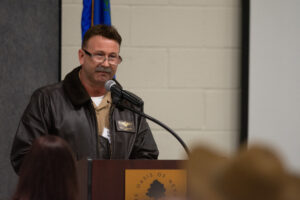
As aircraft drop bombs from farther away and at higher altitudes, Navy officials argue that base commanders need more land for training and more buffer zones to protect the public’s safety.
Evan Morrison, the base’s commanding officer, said he understood the concerns about the plan, and the Navy is continuing to work to address them. But he stressed the necessity of the expansion.
“I can tell you this up front,” Morrison, who has served the base for about ten months, said in January. “This is not something that is a-nice-to-have or a want. It's a need and a requirement.”
In Fallon, most residents like Cossette support the Navy. American flags line the streets of Fallon’s downtown. Driving into town on U.S. 50, a jet is on display next to the road. But residents and politicians from across the political spectrum are frustrated.
How much land is too much?
The federal government already manages about 85 percent of Nevada, with the Department of Defense controlling millions of acres between Fallon and Las Vegas.
If Congress approves the Navy’s new proposal, Cossette said it would further restrain access to land that the tribe has relied on for centuries. She worries cultural sites — many of them uncatalogued — could be destroyed.
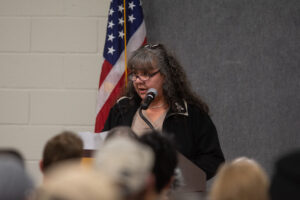
And Cossette is wary of buying into assurances from the Navy that land will remain open. The writing on the wall is written in the past. She does not trust that the military will keep true to its word.
“You always ask for the inch and what do you do? You take the mile,” Cossette said. “These are little tricks that they’ve done to us, and they’ve always done to us. They say it’s not a part of our land. How can they say it’s not if our people are still there? Who has ownership of our dead? Who has ownership of our culture and our history? Who has ownership of our church?”
Cossette is not alone.
Concerns about the plan extend across Churchill County, where Fallon is the county seat. And they extend past it. The expansion is so large it touches five rural counties.
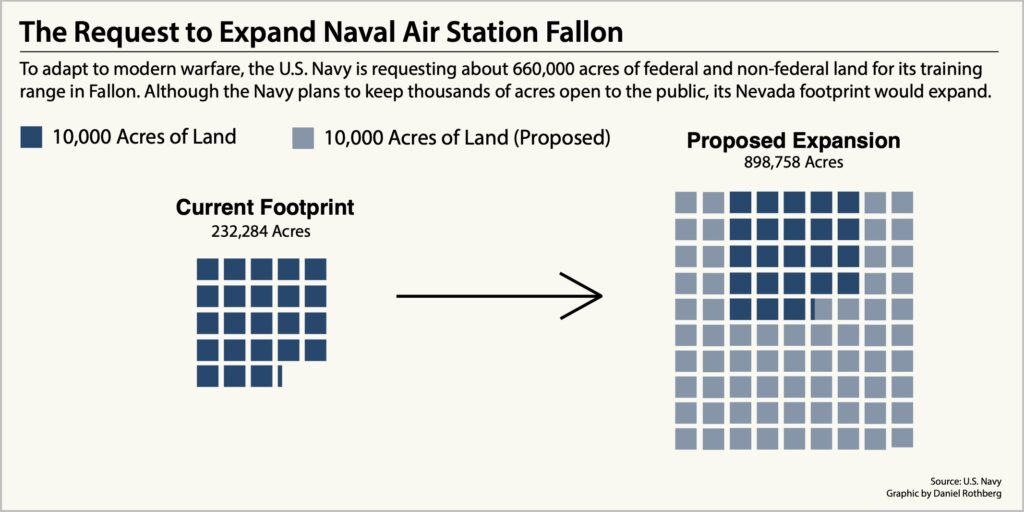
For ranchers, the expansion could mean the loss of grazing areas. For exploration geologists, the expansion could mean the loss of mining claims. Small rural businesses worry about a loss of revenue. Wilderness advocates worry about the loss of access to untouched landscapes and areas set aside for their wild characteristics. Conservation groups worry about how the land will be managed for wildlife, including the imperiled Greater sage grouse and bighorn sheep habitat.
“What I am hearing from my constituents is what Churchill County says: ‘We recognize the Navy is needing training areas,” said Carl Erquiaga, a county commissioner who also represents the Theodore Roosevelt Conservation Partnership, a sportsman group. “It's just a tough pill to swallow with that many acres being withdrawn."
Cows, claims and conservation
Before the Navy established its air station in 1944, Fallon was growing around agriculture. One of the federal government’s first dams — the Newlands project — brought more water to the area.
Agriculture remains a big part of Fallon’s economy. Equipment stores dot the highway. There are two livestock auctions. Smoke from controlled burns waft in the air.
That fact is not lost on Jack Payne, who runs Nevada Livestock Marketing, one of the auctions. If the Navy proposal goes through, Payne said he stands to lose access to public land that he uses to graze cattle.
With the ranch, Payne said he sometimes purchases livestock when there is no buyer, transactions that helps “hold up the prices [for ranchers] in the surrounding areas.” He predicts that losing his grazing rights because of the Navy expansion could ripple throughout the local economy “clear down to the employee at Big R.”
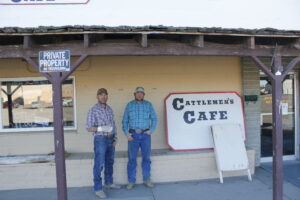
In total, the Navy proposal could close off about 335,000 acres to grazing.
“They already have Nellis [Air Force Base]. They already have the bombing range here,” Payne said of the Navy’s plan. “They’ve already taken, taken, taken. We just see it as a land grab. We don’t see them taking it because they need it. We see them taking it because they can.”
As Payne talked in a restaurant at the auction house on Thursday, Justin Snow sat at his side. A Fallon rancher, Snow said the proposal could cut into about half of the grazing rights his father uses. Even if the Navy compensates them at market value, it wouldn’t capture the long-term loss. For most people, it is not just about turning a profit, but “it’s a way of life,” Snow said.
“It’s kind of like taking his retirement away.” Snow said.
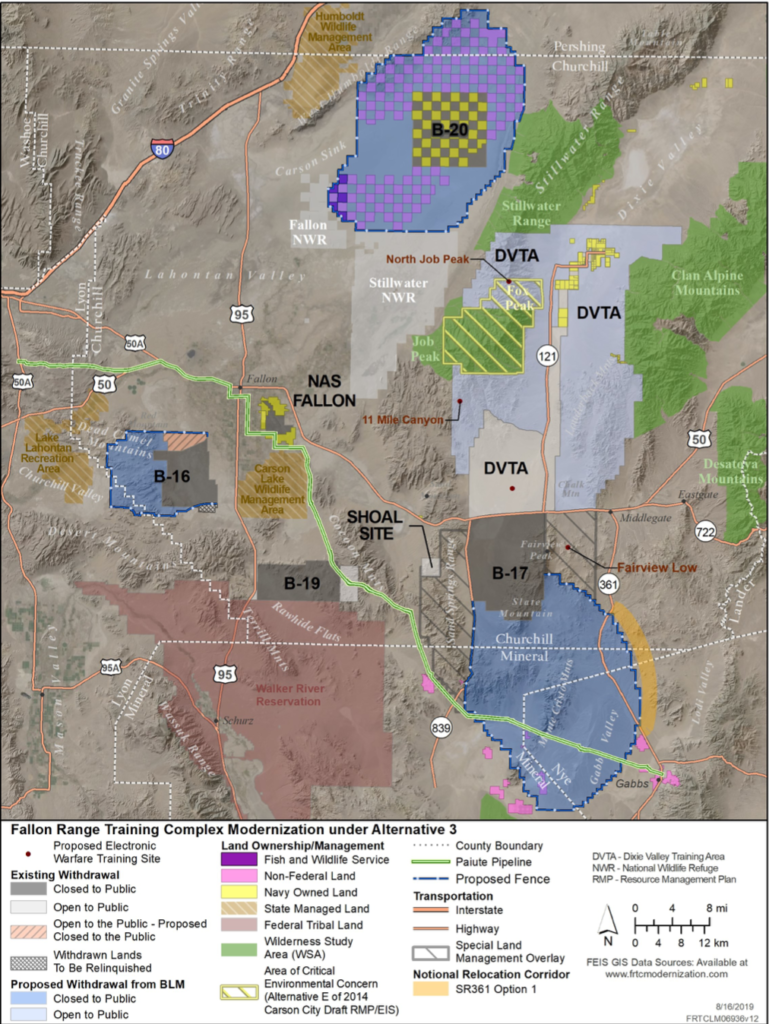
Concerns about the expansion of the Navy’s bombing range cut across a spectrum — and bring together a diverse group of public land users who don’t always see eye-to-eye.
Exploration geologists are concerned about what would happen to their mining claims in the areas that the military wants to control — and how they would be compensated for their loss in a fair way. What happens to water rights? How will the Navy manage land for fire risks?
At a public meeting in late January, conservationists expressed strong concern about closing off access and removing development protections from about 74,000 acres of Wilderness Study Areas. It would also close about 2,700 acres of land within the Fallon National Wildlife Refuge. In total, about 400,000 acres of public land could be closed off to public access, according to the Navy's environmental analysis.
Dan Johnson, an organizer with outdoor retailer Patagonia, described public land “as a point of pride for residents,” something echoed throughout the meeting on Jan. 28.
It was one reason Laura Berry said she and her family moved to the Fallon area. Berry said she used “the public land outside my front door” with her off-road vehicle and on horseback. She is miles from where the Navy will train, and she worries about access.
“It will be extremely upsetting for me to lose these lands with the access road closed,” she told an audience, offering public comment on the Navy proposal at the meeting.
“What you say can make a difference,” Berry said. “Once these lands are closed to the public, it is extremely difficult, if not impossible, to get them back.”
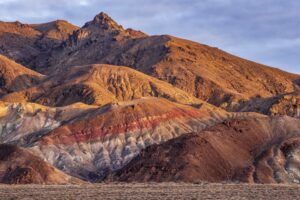
‘It’s going to get amended’
These concerns are not new. Frustration with the proposal has festered for years.
The January meeting came after the Navy released a lengthy environmental analysis on its proposal. The Environmental Impact Statement (EIS) built on an earlier draft that was released in 2018. And in small ways, the Navy used the updated document to respond to earlier feedback.
For instance, the new proposal slightly decreases the Navy’s expansion, and it expands the amount of areas that would remain open to public. The Navy also committed to fund a study on sage grouse behavior and aircraft activity. In response to concerns from hunters, the new proposal allows a limited bighorn sheep hunt.
But for many, the concessions leave major concerns unresolved. And it’s the politicians that will have the final say. In order for the Navy to continue training in Fallon, Congress must reauthorize the current operational footprint of the test range and the expansion.
If the Department of Defense proposes federal legislation that matches what it is asking for in its environmental analysis, “it’s going to get amended,” Republican Rep. Mark Amodei predicted.
His office has closely watched how the proposal conflicts with the tribe’s cultural sites, grazing rights, the wildlife refuge and Churchill County’s future economic development.
Amodei said there are ways the military could address some of the issues. For instance, he floated the idea of creating a cultural resources office at the Fallon base.
“Those issues are going to need more work, and we’re going to see where the middle ground lies,” Amodei said during an interview about public land legislation on Friday.
Last week, a House Armed Services subcommittee held a hearing on the proposal. That panel is expected to take up the Navy’s plan with the House Committee on Natural Resources. New Mexico Democrat Rep. Deb Haaland, criticized military officials who were testifying for not doing adequate consultation with tribes. She said consultation was “not just a box you can check."
“It's just concerning to me that the Navy could craft their end product proposal, having it essentially ready to come up here and then call a few conversations with tribal leaders consultation,” said Haaland, a former tribal administrator and the daughter of a marine. “That's not consultation. It's not just a box you can check."
"These are sacred homelands and resources for Native Americans who have been on this land long before this was ever a country,” she added.
Other representatives acknowledged the concerns and said that they deserved a full hearing in Congress. But they also stressed the need to balance local concerns with the military’s request. The committee expects to move the bill in about three months. At the hearing, Rep. Doug Lamborn, a Colorado Republican, cited national security.
“This is a unique public land,” he said. “There are national security implications for not doing the expansion and withdrawal that I think would be very detrimental. So yes, let’s look at all of the concerns. But to me, first and foremost, there are national security concerns with making sure that both of these ranges are fully functional many years into the future.”
Nevada’s counter-proposal
For two years, state officials have pushed back on the proposal with alternative plans.
The most recent correspondence from the state came last week. Gov. Steve Sisolak sent a letter to Navy officials with the state’s latest proposal, known as the Nevada Consolidated Response, raising a number of concerns with the new plan.
In the letter, Sisolak said “Nevada stakeholders have proposed practical solutions that would allow the Navy to sufficiently address each concern” in recent months.
But, Sisolak said in his letter that “the Navy failed to incorporate resolution of the vast majority of these concerns” in the latest proposal. As a result, Sisolak, a Democrat, urged the Navy to consider the state’s response and consult with local tribes.
The consolidated response was developed with input from state agencies, the Lovelock Paiute Tribe, the Inter-Tribal Council of Nevada, Churchill County, Eureka County and Nye County. But there’s another potential hurdle: Congress.
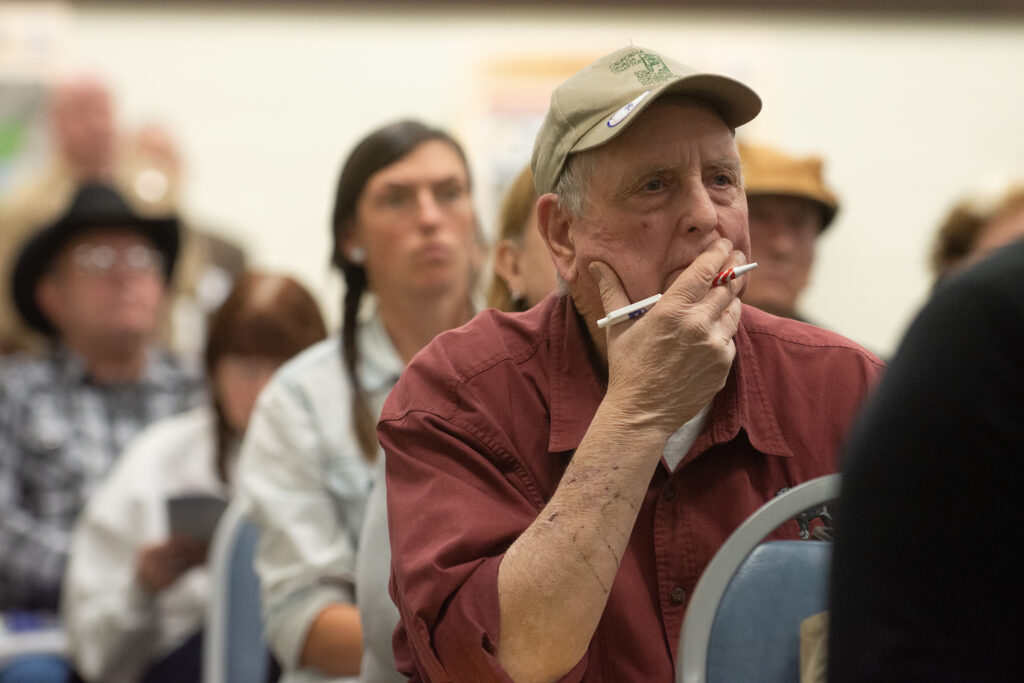
Politicians are eyeing a short timeline in Congress, giving groups a small window to make changes to the proposal or how the Navy plans to offset those affected by it.
“It’s going to be an interesting three months,” Amodei said.
The Navy’s proposal comes as counties across the state are developing proposals for separate federal legislation that would address land management issues in their jurisdiction. Because the federal government manages about 85 percent of the state’s land, most counties often run into conflicts over balancing how much land should be conserved or open to development. As a result, they often turn to federal legislation.
The state’s consolidated response expresses support for including relevant county lands bills in the National Defense Authorization Act, considered must-pass legislation and a potential vehicle for the Navy plan. That could further complicate the process.
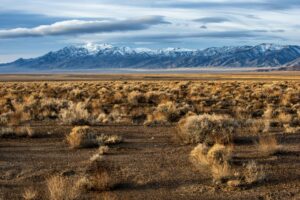
Nevada's response, attached to Sisolak’s letter, said “the impacts of the [Navy plan] on the affected counties’ customs, culture, and future economic prosperity are so profound that additional mitigation... is warranted. This is particularly true for the counties that include proposed Navy purchase of private land and public land withdrawals (Churchill, Mineral, Pershing, and Nye).”
The Navy expansion mirrors the process playing out Southern Nevada, where the Air Force has pushed a 300,000-acre expansion of its Nevada Test and Training Range outside of Las Vegas. That could also be packaged in the defense authorization bill.
“If we're successful,” Amodei said, “it’ll all be in the defense authorization bill.”
‘Teach our children’
In the past year, national politicians have spoken out against the Southern Nevada proposal. Nearly all of the Democratic candidates running for president have pushed back on the Air Force’s proposal. But criticism of the Navy’s plan has been more quiet.
Still, Massachusetts Sen. Elizabeth Warren tweeted her opposition to the Navy plan.
“As @USNavy looks to expand NAS Fallon, it hasn’t meaningfully consulted and worked with the Fallon Paiute-Shoshone Tribe,” she wrote in the tweet on Jan. 15. “That’s unacceptable. As president, I’ll seek Tribal Nations’ free, prior, informed consent for decisions affecting their lands.”
In her tweet, Warren linked to a resolution from the National Congress of American Indians opposing the plan. In it, the National Congress of American Indians said that it "strongly opposes the renewal and expansion of military installations, including the Naval Air Station Fallon as proposed by the United States Navy, because of the impacts these expansions would have on tribal cultural resources and life ways."
For many tribal members, the expansion is about a past that is linked to the present — and the future.
Cossette stressed how important it was that future generations understand Paiute history and develop a relationship with the land, something that is missing in school.
“We should be raising our biggest cheerleaders,” she said. “They don’t even know about it.”

Cossette said it’s a significant part of why she is concerned with the Navy plan.
“Once we forget our history, we’re doomed to repeat it,” she said. “And our history with non-natives in this valley wasn’t always good. Our history with my people and the military wasn’t always good. But we’re here. We live side-by-side. We still call this place home. And we have to learn how to co-exist. And it’s through mutual respect, and what is happening out there...is not. They don’t respect the wishes of the community, they don’t respect the land [they are using].”
Thoma Pacheco Tom, a member of the Fallon Paiute Shoshone Tribe, said it’s one thing that made the January public meeting so emotional. She called the proposal “hurtful."
“I’m one of many that say ‘enough is enough,’” she said in a phone interview. “You’ve taken too much. You’ve destroyed too much, and you can’t destroy anymore.”
Pine nuts and wildlife in the expansion areas, she said, are part of a way of life.
“That’s all we have left to teach our children,” she said.
